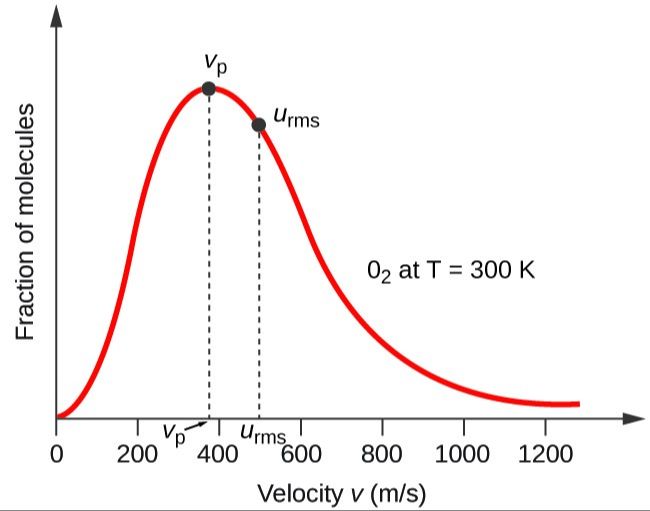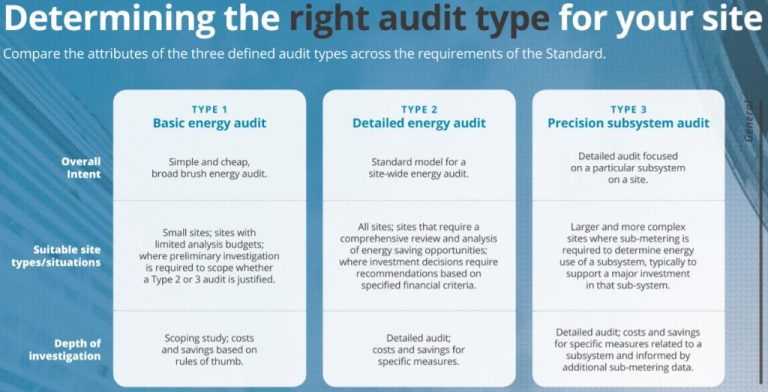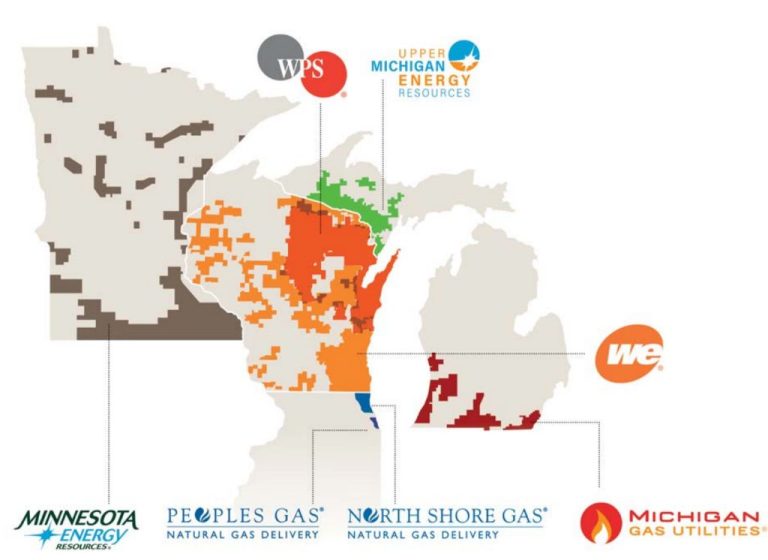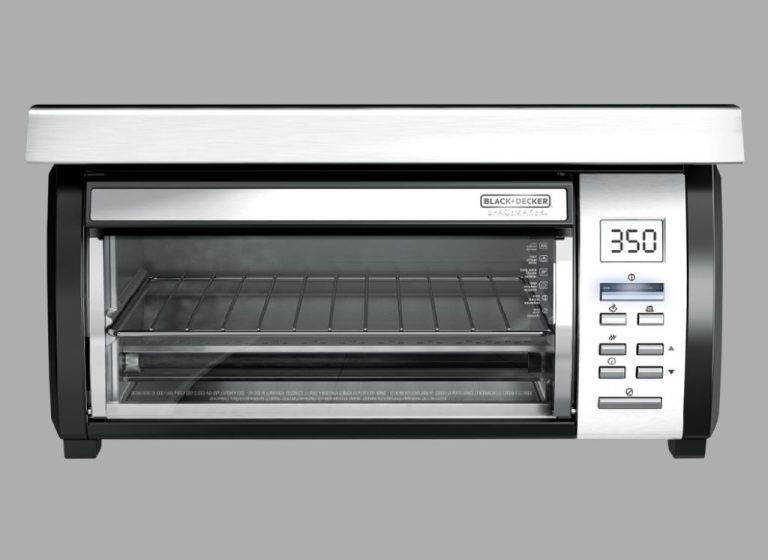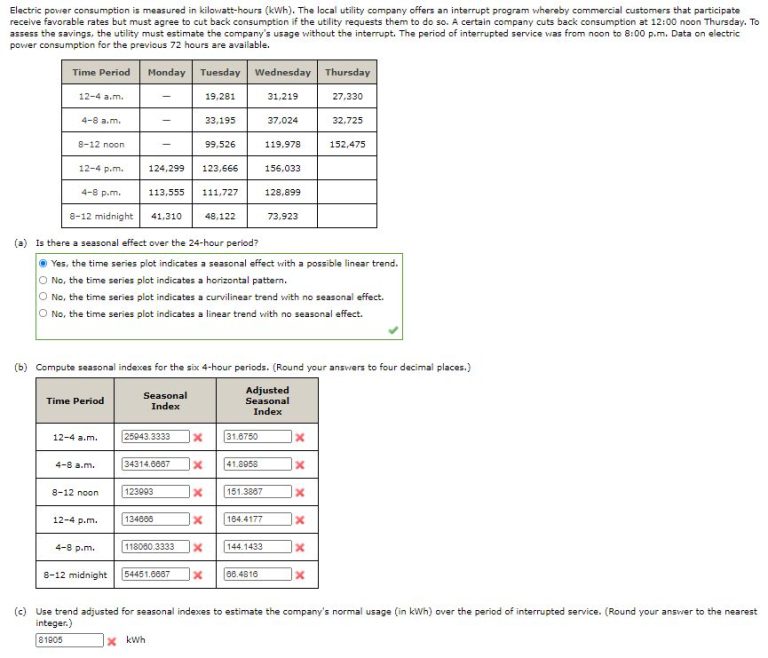How Much Does It Cost To Run An Led Light Bulb For 24 Hours?
LED stands for “light emitting diode”. LED light bulbs are a type of solid-state lighting that uses semiconductor devices called LEDs to convert electricity into light. Compared to traditional incandescent bulbs, LED bulbs have several advantages:
- Energy efficiency – LEDs convert over 80% of energy into light, while incandescents waste over 90% as heat (1). This makes LEDs much more energy efficient.
- Long lifespan – A quality LED bulb can last over 25,000 hours compared to just 1,000 for incandescent bulbs (2). This significantly reduces replacement costs over time.
- Durability – LEDs contain no filaments or glass components that can break. They are highly durable and resistant to vibrations and external shocks.
- Eco-friendly – LEDs contain no toxic materials like mercury found in CFLs. They are easily recyclable, reducing environmental impact.
Because of these advantages, LED lighting is quickly becoming the preferred choice for energy-conscious consumers and environmental sustainability efforts. This article explores the costs of running an LED bulb.
Sources:
(1) https://www.energystar.gov/products/lighting_fans/light_bulbs/learn_about_led_bulbs
(2) https://www.energy.gov/energysaver/led-lighting
Typical Wattages for LED Bulbs
LED bulbs are available in a range of wattages to suit different lighting needs. Some of the most common wattages for general purpose LED bulbs are:
- 5W – Equivalent to 40W incandescent bulb, produces about 450 lumens, suitable for accent lighting or small fixtures
- 7W – Equivalent to 60W incandescent bulb, produces about 800 lumens, good for table lamps, hallway fixtures
- 9W – Equivalent to 75W incandescent bulb, produces about 1100 lumens, suitable for room lighting and most general household needs
- 12W – Equivalent to 100W incandescent bulb, produces about 1600 lumens, very bright for room and whole house lighting
So in summary, 5W to 9W LED bulbs are common for basic home lighting needs, while 12W and above are used when very bright light is needed. The wattage determines the light output and energy use.
Calculating the Electricity Cost
To calculate the cost of running an LED light bulb, you need to know the wattage of the bulb, the number of hours it will be used, and the cost per kWh of electricity in your area. Here is the basic formula:
Cost to run LED bulb = Bulb wattage x Hours used x Electricity rate
For example, if you have a 9W LED bulb that you run for 24 hours and you pay $0.12 per kWh for electricity, the calculation would be:
9W x 24 hours x $0.12/kWh = $0.259
So for a 9W LED bulb running 24 hours, the cost would be around $0.26 at an electricity rate of $0.12/kWh. The wattage of LED bulbs can range from 5W to 15W for most household uses. The higher the wattage, the higher the electricity cost will be.
To find your electricity rate, check your latest utility bill or contact your electricity provider. The national average is around $0.13/kWh, but rates vary significantly by state and provider.[1]
Electricity Rates by State
Electricity rates can vary significantly across the United States. According to the U.S. Energy Information Administration, the average residential electricity rate in 2022 was 14.53 cents per kWh across all states. However, some states had much higher or lower rates.
For example, Hawaii had the highest average residential electricity rate at 36.99 cents per kWh. This is more than double the national average. High electricity costs in Hawaii are driven by the state’s reliance on imported petroleum for electricity generation. Transportation costs also drive up electricity prices (Source).
On the other end of the spectrum, Louisiana had one of the lowest average residential electricity rates at 9.35 cents per kWh. Louisiana benefits from access to low-cost local natural gas and coal for electricity generation. The state also has relatively low electricity transmission costs (Source).
Other states with high average residential electricity rates included California (22.15 cents per kWh) and New York (21.21 cents per kWh). Low-rate states included Idaho (10.72 cents per kWh) and Utah (10.94 cents per kWh). Rates are driven by factors like generation sources, regulation, and transmission costs (Source).
Cost for 5W LED Bulb
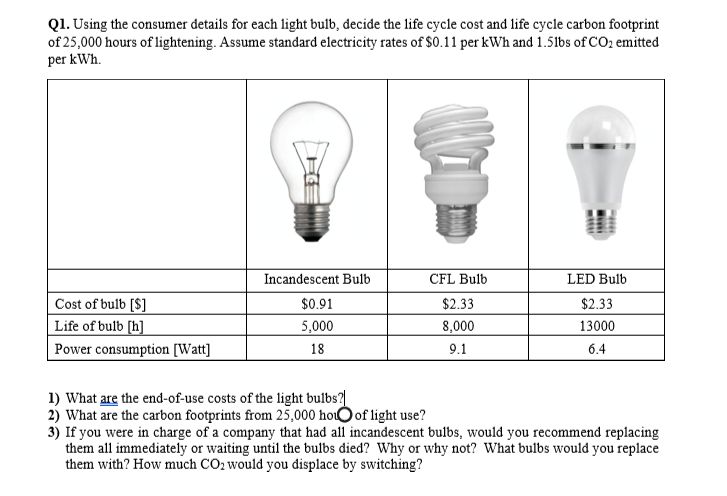
A typical 5W LED light bulb consumes about 5 watts per hour when turned on. This means that running a 5W LED bulb for 24 hours would use about 120 watt-hours (5W x 24 hours) of electricity.
The cost to run a 5W LED bulb for 24 hours depends on the local electricity rate. The average residential electricity rate in the U.S. is $0.14 per kWh. At this rate, running a 5W LED bulb for 24 hours would cost approximately:
120 watt-hours x $0.14 per kWh / 1000 = $0.017
So the total cost to run a 5W LED light bulb continuously for 24 hours would be around $0.017 at the average U.S. residential electricity rate. This shows how little power LED bulbs consume compared to traditional incandescent bulbs.
Cost for 7W LED Bulb
A 7W LED light bulb consumes 7 watts of electricity. To calculate the cost to run it for 24 hours, you need to know the electricity rate per kilowatt-hour (kWh). The average electricity rate in the U.S. is $0.14 per kWh.
Here is how to calculate the 24 hour cost:
- A 7W bulb uses 0.007 kWh (7 watts ÷ 1000 = 0.007 kWh)
- Running for 24 hours uses 0.007 x 24 = 0.168 kWh
- At $0.14 per kWh, 0.168 kWh x $0.14 = $0.0235
So the cost to run a 7W LED light bulb for 24 hours continuously is about $0.02.
Cost for 9W LED Bulb
A typical 9W LED light bulb consumes about 9 watts of electricity. To calculate the cost of running a 9W LED bulb for 24 hours, we need to follow these steps:
1) Convert the wattage to kilowatt hours (kWh). A watt is a unit of power and a kilowatt hour is a unit of energy. There are 1000 watts in 1 kilowatt.
9W / 1000 = 0.009 kWh
2) Multiply the kWh by the number of hours the bulb is on to get the total energy used.
0.009 kWh x 24 hours = 0.216 kWh
3) Multiply the energy used by the cost per kWh from your electricity provider. The average residential electricity rate in the U.S. is $0.14 per kWh.
0.216 kWh x $0.14 per kWh = $0.03024
4) Therefore, the estimated cost to run a typical 9W LED light bulb for 24 hours continuously is about $0.03.
Cost for 12W LED Bulb
A 12-watt LED light bulb running for 24 hours will use 0.012 kilowatts x 24 hours = 0.288 kilowatt-hours (kWh) of electricity.
The average residential electricity rate in the U.S. is 13.19 cents per kWh.
So the cost to run a 12W LED bulb for 24 hours would be:
0.288 kWh x $0.1319 per kWh = $0.038
Therefore, it would cost approximately 3.8 cents to run a 12W LED light bulb continuously for 24 hours.
LED vs Incandescent Cost Comparison
LED bulbs offer major cost savings compared to traditional incandescent bulbs. According to Hutton Power & Light, on average incandescent bulbs cost about 5 times more to operate than LED bulbs<1>. This is because LED bulbs are more energy efficient, using up to 90% less energy than incandescent bulbs to produce the same amount of light<1>.
For example, a 60W incandescent bulb running for 24 hours would consume 1.44 kWh and cost 18 cents to operate at an average electricity rate of 12 cents per kWh. In comparison, an equivalent 800 lumen, 9W LED bulb running for 24 hours would consume just 0.216 kWh and cost only 2.6 cents to operate – nearly 7 times less!<2>
The significantly lower operating cost is why switching to LED represents such a good return on investment over time despite the higher upfront cost. LED bulbs can quickly pay for themselves from energy savings and last years longer than incandescents, resulting in even greater lifetime savings.
Citations:
[1] https://www.huttonpowerandlight.com/blog/led-vs-incandescent-lighting-a-cost-comparison/
[2] https://lifehacker.com/the-cost-difference-between-using-led-and-incandescent-1849576073
Conclusion
In conclusion, LED light bulbs require much lower electricity usage and costs to operate compared to incandescent light bulbs. While the exact electricity cost for running an LED bulb for 24 hours depends on the wattage and your local utility rates, on average an LED bulb costs just a few cents or less per day to run. An equivalent incandescent bulb would cost many times more. The energy savings of LEDs add up over the lifespan of the bulb, often making them the more cost effective lighting option despite their initially higher purchase price. Key takeaways and benefits of LED bulbs include:
- Very low electricity usage with wattages between 5-12 watts typically for LED replacements to 40-60W incandescent bulbs.
- Electricity costs of just a few cents per day for most residential use LED bulbs.
- Much lower operating costs than incandescent bulbs over the long lifespan of LEDs.
- ENERGY STAR rated LED bulbs can use up to 90% less energy than traditional bulbs.
- LED bulbs have greatly improved in quality and light quality while decreasing in price over the past decade.
- Choosing ENERGY STAR LEDs is an easy way to realize electricity and cost savings for home and business lighting.
In summary, LED lighting provides significant electricity and cost savings compared to other lighting types. The extended lifespan and reduced energy consumption of LEDs make them a smart, energy-efficient lighting solution for most uses.

